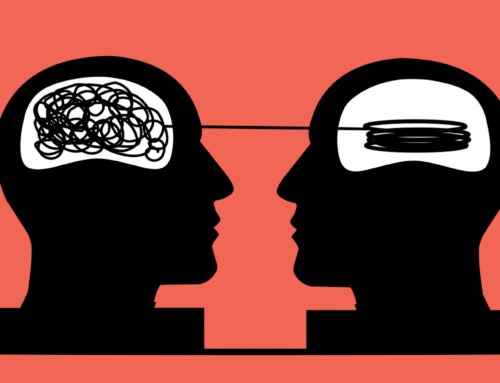Most people are well aware of the key signs of clinical depression: notably, the experience of profound sadness, a loss of enjoyment and interest, changes in energy levels and appetite, and a sense of guilt or hopelessness about the future. Depression has received more research attention than most other mental health issues, and thankfully we have two forms of treatment that work: psychological therapy and antidepressant medication. But here is the bad news: over the last 30 years, existing treatments have not reduced either the prevalence of depression or the disability caused by it (Baxter et al., 2014). As we will see, this is probably a reflection of issues related to access, compliance and relapse.
First, access to evidence-based treatments tends to be difficult, with only a small minority of people around the world able to get seen by a mental health professional who can offer antidepressants (most commonly a selective serotonin reuptake inhibitor, or SSRI) or psychological therapy (most commonly cognitive behavioural therapy, or CBT). These tend to be people who are financially better off, and who live in urban areas of wealthy nations (Simon et al., 2004). This is why UK initiatives like Improving Access to Psychological Therapies (IAPT) are so important: they make a big difference in getting evidence-based treatment to more people who need it.
Second, even people who have access to high-quality care don’t necessarily follow treatment recommendations. Some studies have found that less than half of those prescribed antidepressants take them as directed – often because of problematic side-effects such as weight gain, emotional numbing or sexual dysfunction. Moreover, even though many people prefer psychological therapy, the stigma of seeing a therapist can often stop people from following through on a referral.
Third, and perhaps of most concern, even among people who do manage to complete these ‘gold standard’ treatments, relapse is high. One of the highest-quality trials on depression treatment, comparing CBT and SSRIs, found that among people who received both, almost a third had relapsed only 18 months later (Shea et al., 1992). This high level of relapse is one of the reasons why depression remains a leading cause of disability worldwide. More than 80 per cent of people with depression relapse at some point in their lives, and the average person who has had one episode of depression can expect four or five more across their life, each of about six months in duration (Judd, 1997).
Taken together, this evidence suggests that we need new approaches to treating depression that are low-cost and non-stigmatising, and that protect people across the lifespan (and not only during periods of acute symptoms). A growing body of evidence suggests that social connectedness is a good place to start looking for these new solutions.
– Tegan Cruwys







Leave A Comment